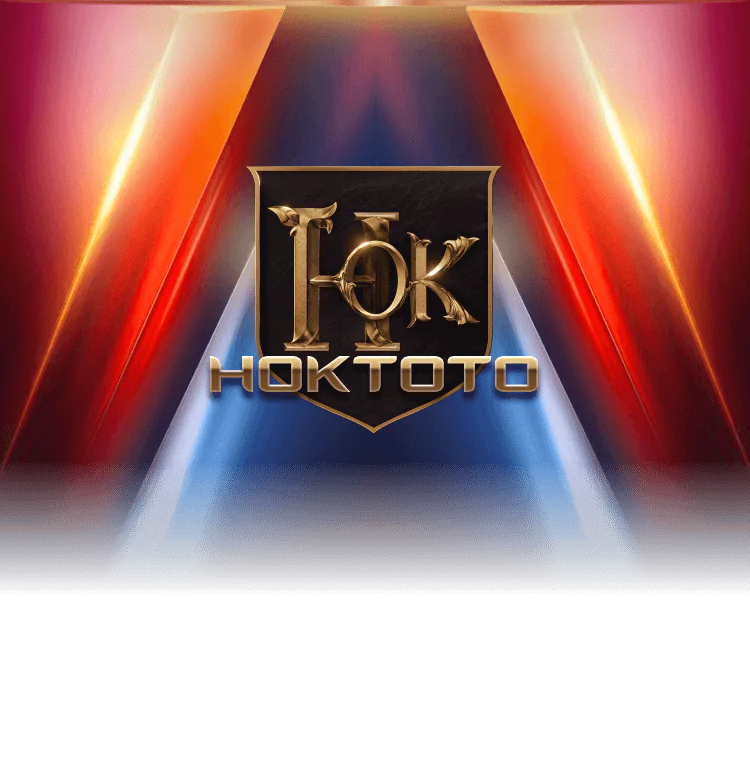
HOKTOTO Solusi Inovatif untuk Seluruh Lapisan Masyarakat Indonesia
HOKTOTO: Solusi Inovatif untuk Seluruh Lapisan Masyarakat Indonesia
HOKTOTO hadir sebagai solusi inovatif yang dirancang khusus untuk seluruh lapisan masyarakat Indonesia. Kami punya komitmen kuat untuk menyediakan platform digital yang nggak cuma mudah diakses, tapi juga bisa memberdayakan setiap individu. Kami percaya, teknologi harus bisa dinikmati siapa saja, di mana saja. Karena itu, HOKTOTO terus berinovasi buat jadi mitra terpercaya Anda, membawa beragam kemudahan dan peluang baru langsung ke genggaman masyarakat Indonesia.
Inovasi Tanpa Henti untuk Aksesibilitas Merata
Di HOKTOTO, inovasi nggak pernah berhenti. Kami sadar betul kalau masyarakat Indonesia sangat beragam, dari perkotaan hingga pelosok desa. Oleh karena itu, semua fitur dan layanan HOKTOTO dikembangkan dengan fokus pada aksesibilitas merata. Kami ingin memastikan setiap orang bisa memanfaatkan teknologi yang kami sediakan dengan mudah, tanpa terkendala latar belakang atau lokasi. Ini adalah bukti komitmen kami untuk memastikan solusi digital HOKTOTO menjangkau setiap lapisan masyarakat.
Memberdayakan Melalui Kemudahan Digital
HOKTOTO nggak cuma menyediakan platform; kami juga berupaya memberdayakan masyarakat melalui kemudahan digital. Dengan antarmuka yang ramah pengguna dan panduan yang jelas, kami membantu Anda menjelajahi berbagai peluang baru yang ditawarkan dunia digital. Dari kemudahan bertransaksi hingga akses informasi yang relevan, HOKTOTO dirancang untuk meningkatkan kualitas hidup dan membuka pintu bagi potensi yang belum tergali. Ini adalah misi kami untuk menjadikan teknologi sebagai alat pemberdayaan bagi seluruh masyarakat Indonesia.
Keamanan dan Kepercayaan sebagai Prioritas Utama
Sebagai penyedia solusi inovatif, keamanan dan kepercayaan adalah prioritas utama HOKTOTO. Kami mengerti pentingnya data dan privasi Anda. Oleh karena itu, kami menerapkan sistem keamanan canggih dan protokol yang ketat untuk melindungi setiap interaksi di platform kami. Anda bisa beraktivitas dengan tenang, tahu bahwa HOKTOTO berkomitmen untuk menjaga kerahasiaan dan integritas informasi Anda. Kami ingin jadi platform yang bisa Anda andalkan sepenuhnya, demi kenyamanan masyarakat Indonesia.
HOKTOTO: Bersama Membangun Masa Depan Digital Indonesia
HOKTOTO mengajak Anda untuk bersama-sama membangun masa depan digital Indonesia yang lebih baik. Dengan solusi inovatif, aksesibilitas yang merata, pemberdayaan melalui kemudahan, serta jaminan keamanan dan kepercayaan, kami yakin bisa jadi bagian penting dari perjalanan digital Anda. Jangan lewatkan kesempatan untuk merasakan langsung manfaat dari HOKTOTO. Mari bergabung dan jadikan HOKTOTO sebagai solusi inovatif Anda untuk meraih peluang di era digital ini.
© 2025 Copyright HOKTOTO. All right reserved.



















